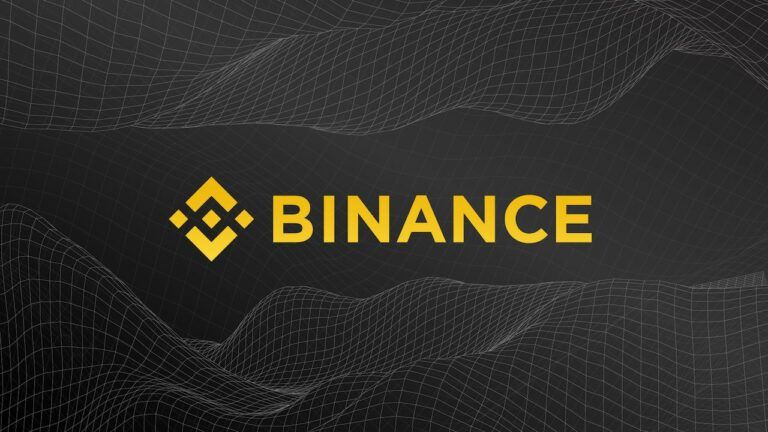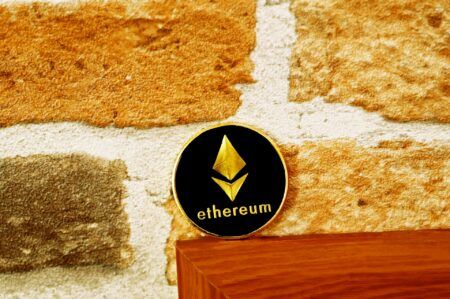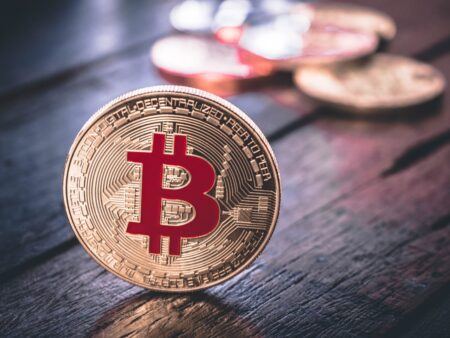On Wednesday (February 20th), Binance, probably the world’s largest cryptocurrency exchange by adjusted trading volume, released a public testnet for the “Binance Chain” blockchain, which means that you can now test the “Binance Chain Explorer” tool and Binance’s new decentralized exchange “Binance DEX” (which is powered by “Binance Chain”).
Binance Chain
Binance says that ever since its platform was created, there was a vision of one day creating a native blockchain for it. It also wants you to know that this was “a community-driven development project with developers from all over the world” (with, of course, Binance.com as the largest contributor). The idea is to have a blockchain that “will serve as an alternative marketplace for issuing, using, and exchanging digital assets in a decentralized manner.”
Although the Binance Chain is not ready to go live in production, i.e. the Binance Chain mainnet is not ready yet for launch, the public testnet was launched today at 08:00 UTC.
The first application to be powered by Binance Chain is Binance DEX, a new decentralized exchange (DEX) that “aims to carry over the best features of the current Binance exchange in a decentralized setting, while also offering the benefits and security of a DEX.”
Binance DEX
Why should anyone want to use a DEX? According to Binance, these are the main advantages of using a DEX over a centralized exchange:
With a DEX, a person fully holds his crypto funds and directly plug into the network to trade without needing to provide personal information. Unlike centralized exchanges that may be subject to downtimes, a DEX is kept running by nodes distributed around the world and codes that execute functions.
However, the existing DEX options (which nmostly run on Ethereum) have several drawbacks that prevent them from achieving mass adoption:
“The user experience on existing DEX platforms is less intuitive and user-friendly compared to centralized exchanges. In addition, DEX platforms face speed and liquidity issues, which leave them lagging behind their centralized peers.”
Therefore, Binance decided to create a blockchain (Binance Chain) that would be secure and fast enough to allow the creation of an intuitive, easy-ti-use DEX that could handle the same “handle the same amount of transactions that the current Binance platform handles,” which in its current beta form, according to Binance CEO Changpeng Zhao (“CZ” for short) is around “”a couple of thousand” transactions per second.
How to Try the Binance Chain Testnet
To create your own testnet address, you can use either the Binance Chain Web Wallet or Binance’s official mobile wallet (for iOS and Android) Trust Wallet.
You can try Binance DEX at https://testnet.binance.org/. The first step is to create a test wallet. But before you can start doing some test trading on Binance DEX, youj need some funds in your test wallet. You can get 200 test BNB via the testnet faucet, which requires having a Binance.com account and at least a 1 BNB balance (to prevent abuse of the testnet); a few minutes after specifying your testnet address, you will receive 200 test BNB from Binance.
As for playing with the Binance Chain testnet explorer tool, it is available at https://testnet-explorer.binance.org
Binance has created several helpful tutorials for using the Binance Chain Explorer and Binance DEX. The links for these tutorials are given in the following tweet:
#Binance Chain and the Binance DEX have now entered public Testnet phase at https://t.co/21Ewda56TO
Check out the below links to help you get started:https://t.co/oZ6K9nwxGi https://t.co/XSR8iBx81g https://t.co/iPIoqeTUc8 https://t.co/DRUAMMALcw https://t.co/DYQ27ltEeU pic.twitter.com/zaGrqqxZoY
— Binance DEX (@Binance_DEX) February 20, 2019
Binance has also created a comprehensive Frequently Asked Questions (FAQ) guide for Binance Chain and Binance DEX, which is available at https://binance-chain.github.io/faq.html
Binance Coin (BNB) Price Action
Due partly to the anticipation of today’s launch of the Binance Chain testnet, BNB has had a terrific rally in the past two weeks. As you can see from the two-week chart below (provided by CryptoCompare), the BNB price has gone up from $7.97 at 08:00 UTC on February 6th to $11.01 at 08:00 UTC on February 20th, i.e. an increase of 38.14%:

At press time (08:30 UTC), BNB is trading at $10.90, up 12.37% in the past 24-hour period.
Featured Image Courtesy of Binance









